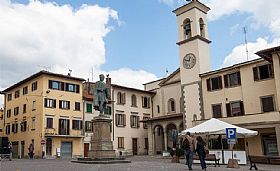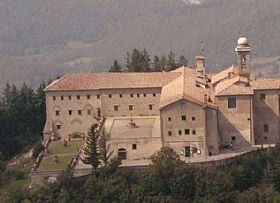Borgo San Lorenzo

Sitting in the Mugello region northeast of Florence, Borgo San Lorenzo is an historic town at a strategic crossroads. Considered the largest of the Mugello towns, it has always been an important one for its location along the roads that led from Florence to Bologna, Faenza, Imola and Ravenna. For this, it was considerably fought over and contested in attempts to control the movement of goods, as well as troops during city-state wars. It suffered heavy damage during WWII, and while it has considerable "new" construction, retains many of its original, historic monuments, as well.
The church of San Lorenzo for which the town was named is its most important, built in the 11th century with a rounded apse. The hexagonal bell tower was added in the 1200s. It is the defining landmark of Borgo San Lorenzo, and the feast day of the patron saint is heralded with a grand party. The "night of San Lorenzo" is celebrated around Italy as the "night of the shooting stars" for the meteor showers that often occur during that period of August, so the festa is especially special here.
The town was originally a Roman outpost but fell into disuse until the Ubaldini family became its feudal lords. There are several Renaissance Florentine-style villas and palazzo in the area. The Villa Pecori-Giraldi is particularly lovely, building by the Giraldi family but then bought by the Pecori who added their name. Today it is used for special events, banquets and exhibitions, and also houses the very nice ceramics museum dedicated to the unique ceramics produced in the Mugello.
The gardens of Villa Demidoff are a must-see. The elaborate structured and manicured park was laid out centuries ago when the villa was a Medici palace known as Villa Medicea di Pratolino. It was purchased in the early 1800s by wealthy Russian Nicholai Demidoff, who was amabassador to Florence. He rebuilt the structures that had fallen into decline and restored the grounds. While many of the original statuary was transferred to Boboli Garden in previous centuries, there are still many fountains and sculptures here among the beautiful plants and beddings, including the Colossus by Gimabologna, and a hexagonal chapel with 14 columns and cupola.
The church of San Cresci is Valcava is in a panoramic position on the hilltop above town, built in the 12th century over ruins of a pagan temple. Roman coins and engravings were found on the site. Its tall bell tower stands like a beacon. The Sanctuary of the Madonna dei Tre Fiumi (Madonna of the Three Rivers) is in the Apennines outside town, built along the river where there had been a water mill, on the spot where it is said an apparition of the Madonna appeared.
In the heart of town is the pretty Torre dell'Orologio clock tower, with its Gothic style arch, the tower itself perched right over the street. There are shops and restaurants to enjoy, and the town declared itself a "natural shopping mall" to unite all the businesses in the historic center as a place to shop rather than artificial-built modern malls that sprang up around the territory. It is certainly more charming to shop and meet in these lovely streets!
Rent a holiday home in Borgo San Lorenzo and travel like a local.

 Amalfi Coast
Amalfi Coast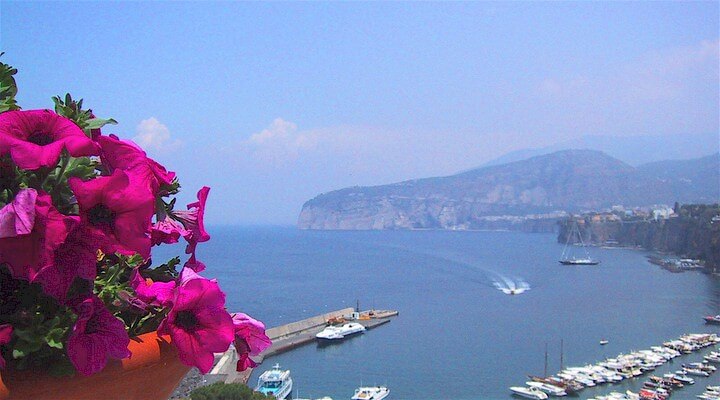 Sorrento Coast
Sorrento Coast Tuscany
Tuscany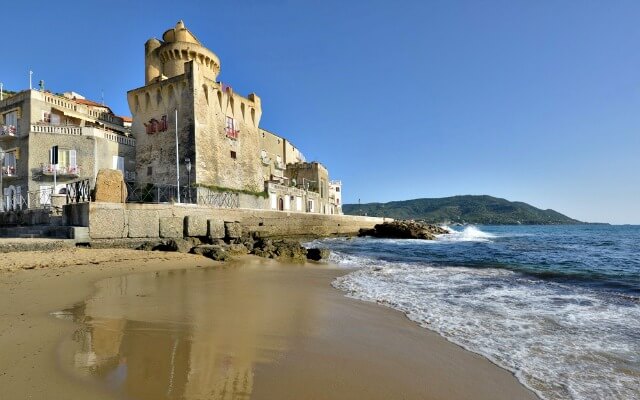 Cilento National Park
Cilento National Park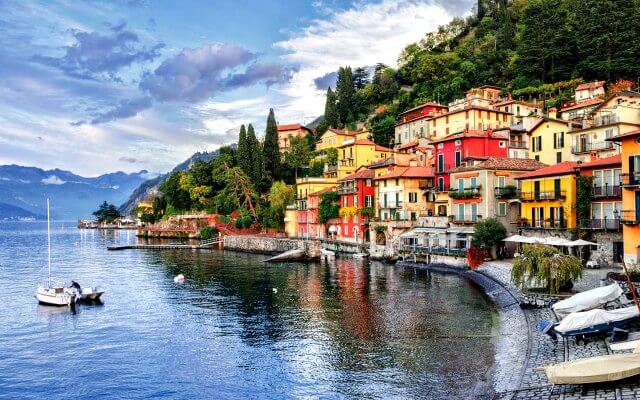 Lake Como
Lake Como Rome and Latium
Rome and Latium Umbria
Umbria Capri and Ischia
Capri and Ischia Venice
Venice Puglia (Apulia)
Puglia (Apulia)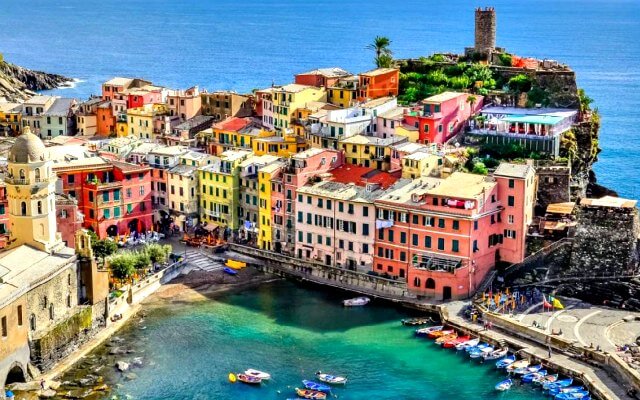 Liguria
Liguria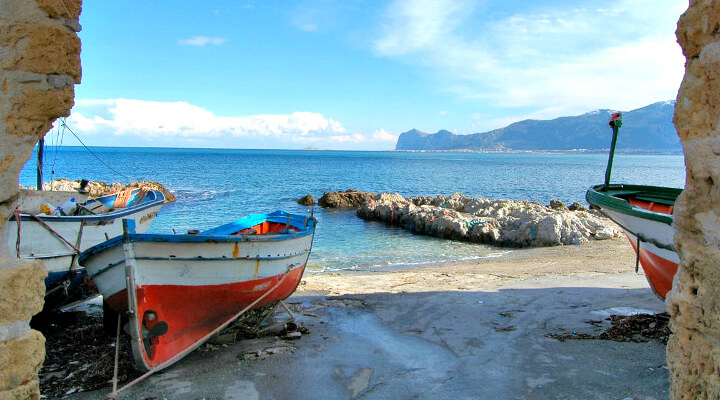 Sicily
Sicily Lake Maggiore
Lake Maggiore Lombardy
Lombardy Sardinia
Sardinia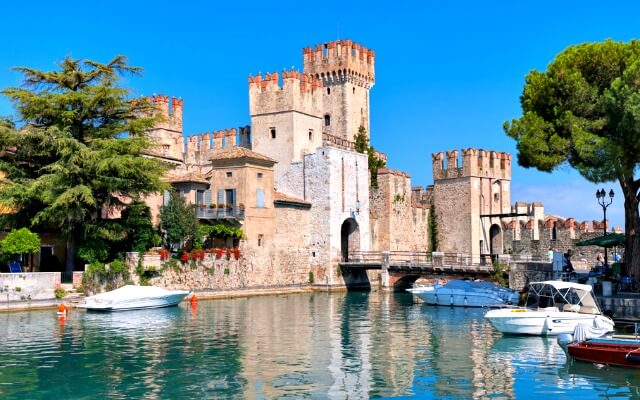 Lake Garda
Lake Garda Abruzzo and Marche
Abruzzo and Marche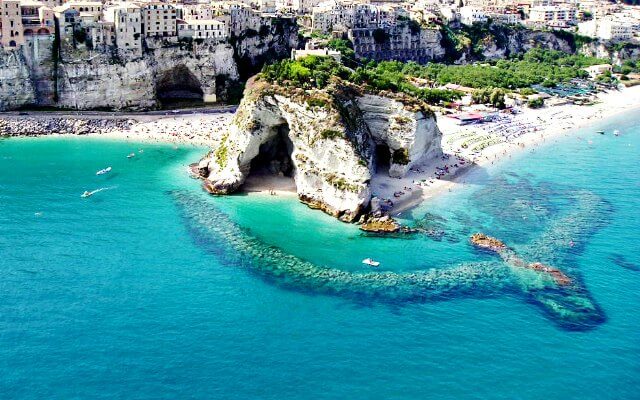 Calabria
Calabria
